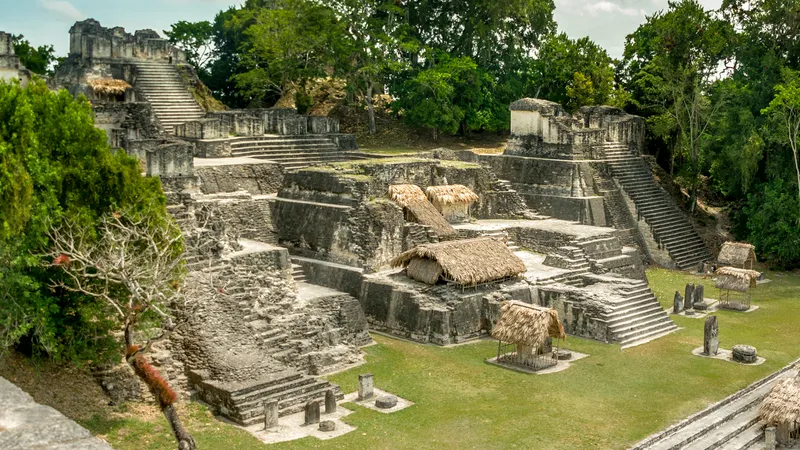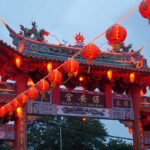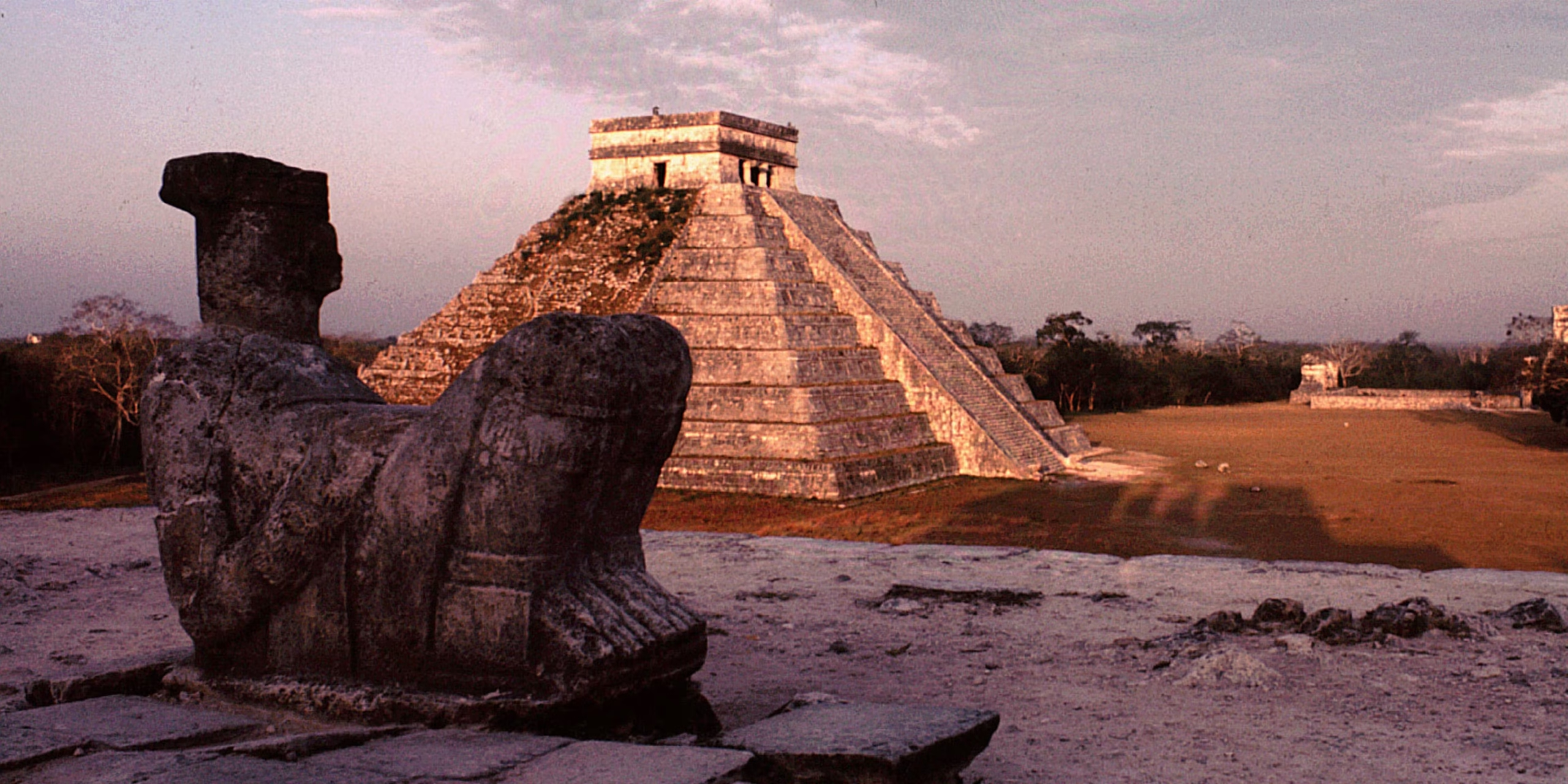
Introduction: The Sacredness of Daily Life in Mayan Religion
The Mayan religion was deeply intertwined with every aspect of daily life, from the moment the sun rose to the final breath of the day. For the ancient Maya, their daily routines were not merely physical tasks but sacred rituals that honored the gods, the elements, and the spirits that governed their world. These daily rituals in Mayan religion were designed to maintain cosmic balance, ensure agricultural success, and protect their communities from harm.
In this article, we explore the sacred ceremonies and spiritual practices that were an essential part of everyday life for the Maya. From offerings to the gods to purification rituals, the Maya lived a life full of meaning and reverence.
The Role of Rituals in Mayan Society
Rituals were the backbone of Mayan religious life, performed to keep harmony between the spiritual and physical realms. These rituals were not limited to specific temples or special occasions but were embedded in the daily routines of both commoners and rulers alike. Mayan priests, spiritual leaders, and healers conducted these rituals with precision, following ancient traditions passed down through generations.
Key purposes of Mayan rituals:
- Cosmic Balance: Rituals were believed to maintain order in the universe, ensuring that the sun rose and set, that crops grew, and that rain fell at the right time.
- Connection with the Divine: Offerings to the gods were a way for the Maya to communicate with the divine and seek favor for their daily lives.
- Spiritual Purification: Many rituals were designed to purify individuals and communities, protecting them from evil spirits and negative energy.
Common Daily Rituals in Mayan Religion
1. Offering to the Gods
One of the most important daily rituals in Mayan religion was the offering to the gods. These offerings were made at household altars or public shrines. Common offerings included food, flowers, incense, and precious objects like jade and obsidian.
- Food offerings: The Maya would offer fruits, maize (corn), and cacao to the gods, acknowledging the importance of these foods in their culture.
- Incense: Burning copal incense was a way to send prayers and petitions to the gods. The sweet-smelling smoke was believed to carry messages to the divine.
Offering rituals also played a crucial role in thanking the gods for a good harvest and asking for protection against natural disasters like hurricanes and droughts.
2. Ceremonial Bathing and Purification
The Maya believed in the need for spiritual cleanliness. Many Mayan communities practiced ceremonial bathing as a way to purify the body and mind. Water was seen as a sacred element that could cleanse both the physical and spiritual self.
- Ritual cleansing: Priests or shamans would conduct ritual baths in sacred rivers or cenotes (natural wells). These acts were believed to remove negative energies and prepare individuals for important events, like a wedding or an agricultural festival.
- Herbal infusions: Baths were often accompanied by the use of herbal medicinal plants, which played a significant role in Mayan healing rituals.
3. Prayer and Meditation
Every day, the Maya would set aside time for prayer and meditation. Prayer was a central part of both public and private life, performed to seek guidance, protection, and blessings. The Maya prayed to a vast array of gods, each one responsible for a different aspect of life, such as Chac, the rain god, and Ix Chel, the goddess of fertility and medicine.
- Personal altars: Many Mayans created small altars in their homes where they would burn incense and offer prayers before starting their day.
- Meditation: Meditation was used as a way to align oneself with the divine, offering spiritual peace and clarity for the day ahead.
4. Rituals for the Harvest
For the Maya, agriculture was central to their way of life, and their rituals were closely tied to the agricultural cycle. The harvest rituals were especially significant, as they were believed to ensure bountiful crops and favorable weather.
- Maize ceremonies: Maize, or corn, was sacred to the Maya, symbolizing both life and sustenance. Rituals surrounding corn would be performed at various stages of planting and harvesting.
- Offering to Chac: During the rainy season, the Maya would offer sacrifices and prayers to Chac, the rain god, to ensure the proper rainfall for crops.
Sacred Spaces for Mayan Rituals
While many daily rituals took place at home or in the community, sacred temples played a crucial role in Mayan religion. These temples were often built atop pyramids, with the most famous example being the Temple of Kukulkan at Chichen Itza.
- Public ceremonies: Rulers and priests would conduct large-scale ceremonies in these sacred spaces, often to mark important events like solar eclipses, the changing of seasons, or the ascension of a new king.
- Cenotes as sacred sites: Many Mayan communities believed that cenotes were entrances to the underworld and used them as places of worship and offerings.
The Legacy of Mayan Rituals: Influence on Modern Spiritual Practices
The daily rituals practiced by the Maya were not only essential to their religious beliefs but also shaped their understanding of the universe. Today, modern spiritual practices, including shamanism and earth-based spirituality, can trace their roots back to the Mayan connection with nature, the elements, and the cosmos.
The Mayan’s holistic view of life, where spirituality, health, and agriculture were interconnected, offers valuable insights into living a balanced and meaningful life.
Conclusion: The Sacred Rhythm of Mayan Daily Life
The daily rituals in Mayan religion reflect the deep connection the Maya had with their gods, nature, and the cosmos. These rituals were not just acts of devotion; they were a vital part of Mayan daily life, ensuring the survival and prosperity of their society. By understanding these sacred practices, we gain insight into the Mayan worldview, where every moment was infused with spiritual significance.





